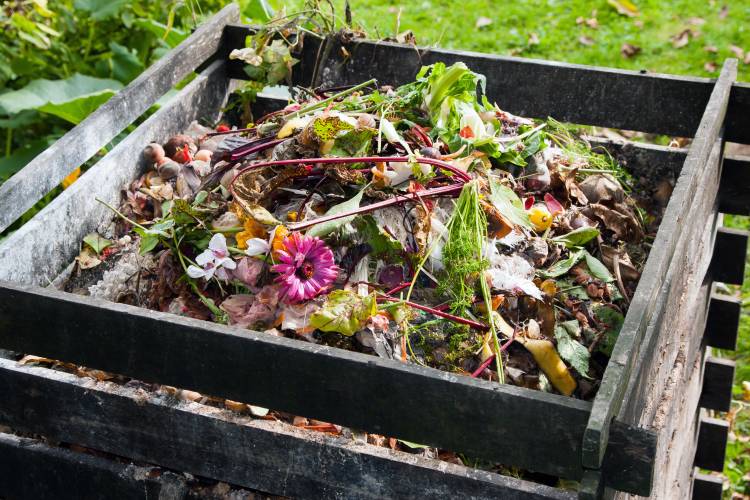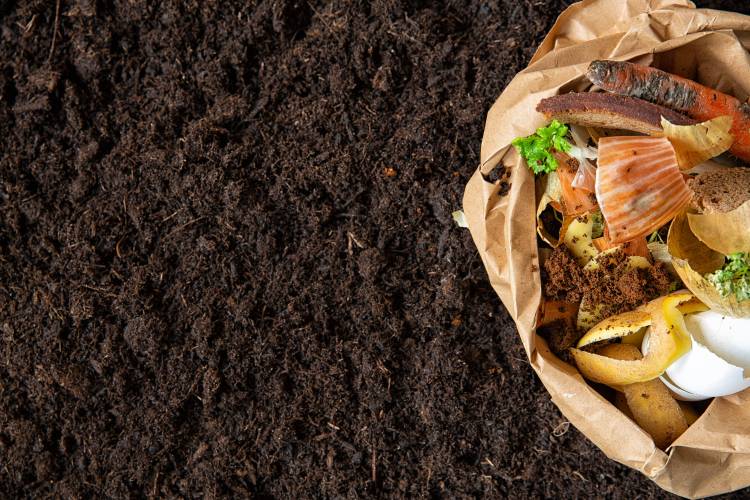How to make compost at home
Do you want to learn how to make homemade compost? Look after the health of your garden with this easy-to-make fertiliser. Take advantage of your home’s waste and get started.
IT’S ECO, IT’S LOGICAL
Share

The commitment to the environment is increasingly higher among the general population, hence activities like recycling or making homemade compost have become common among many families that want to convey this set of ecologically-responsible values to younger generations. If this is the case for you, today we tell you how to make compost at home step by step.
What is compost?
Compost is the controlled decomposition of a mixture of organic material, the result of which is added to the soil to help plants to grow. It is a natural fertiliser resulting from the natural action of decomposition and the action of bacteria, fungi and worms on organic waste.
Benefits of compost
- It reduces the amount of waste we generate and that ends up in landfill.
- It contributes to the circular economy (reduce, reuse and recycle).
- It reduces the emissions of CO2 into the atmosphere.
- It replaces the use of chemical fertilisers for the soil or plants, which reduces soil contamination.
- It nourishes the land and makes it more fertile and productive.

How to make your own homemade compost
To make compost at home, you just need a composter or container where you can store your compost and, of course, the raw material. In other words, the organic waste we generate each day in our homes.
1. The composter:
- If you have a garden or vegetable garden, it can be a hole in the ground, which would help worms to speed up their decomposition activity.
- A box made of wooden pallets.
- A container designed specifically for that purpose, since an increasing number of companies are becoming aware of recycling and the environment.
Indeed, when it comes to preparing your composter, it is essential that it has ventilation.
2. The organic matter: to make your own homemade compost, you need;
- To make a varied mix of materials as small as possible: waste can take between three and nine months to decompose. This will also depend on the size of the organic matter included, which is why it is always good to chop up what you place in the composter.
- Include a first layer formed by soil from the garden, leaves and twigs so the compost has a solid base.
- Add another layer of organic waste.
- Dampen the layers, to increase fermentation and microbial activity.
- Stir the layers with water every so often, so they air and reintegrate.
Watch out! When it comes to layering compost, you should take care not to make the layers very thick so it is difficult for oxygen to flow in and out.
What waste forms part of compost and what doesn’t?
Organic waste that forms part of compost
- Fruit and vegetable waste
- Plant waste
- Egg shells
- Nut shells
- Paper napkins or cardboard waste
- Infusion and tea leaves or coffee grounds
Organic waste that does not form part of compost
- Dairy products
- Fats and oils
- Meat or fish waste
- Dregs






